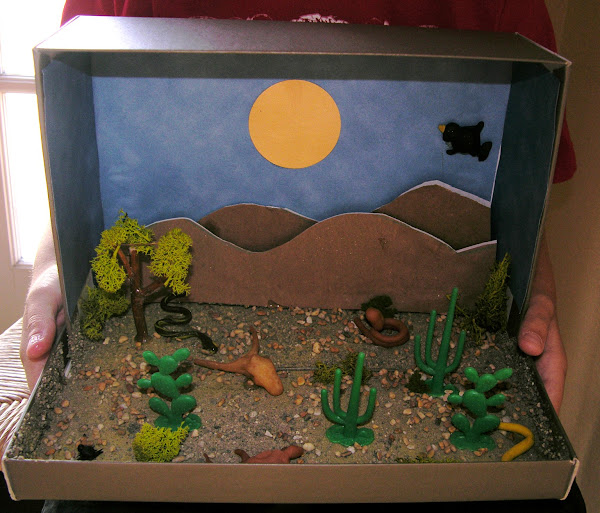
Nothing awakens foresight in a small child, who lives as a rule for the passing moment and without care for the morrow, so much as this. When he knows that animals have need of him, that little plants will dry up if he does not water them, he binds together with a new thread of love today’s passing moments with those of the morrow.
—Maria Montessori
The Discovery of the Child, p. 71.
The Discovery of the Child, p. 71.
After completing a study of the anatomies of the vertebrate groups as outlined in the NAMC Lower Elementary Zoology manual, my lower elementary students each choose a vertebrate animal for in-depth study. I provide sub-topics for them to research and they compile facts from various sources. The sub-topics they investigate are:
- classification
- physical characteristics
- food
- habitat
- predators and prey
- interesting facts
Montessori Lower Elementary: Studying Zoology with Vertebrate Animals
Before they begin researching their animals, I give the students presentations on how to make notes and how to record information in their own words. Once they have researched the facts, the students begin the process of putting their notes into a rough draft. It is an extremely important skill for students to be able to read information and then write about it in their own words. We work through the editing together and then they prepare their good copy research reports.

In addition to their written research, students are encouraged to include other elements with their report. One part that they usually enjoy is to draw and label a diagram of their animal to include with the report. They also create a diorama of the animal in its habitat. They make their three-dimensional model of the habitat using a shoebox that they paint and adding a variety of materials such as sand, paper trees, paper caves, plants, etc. The students also create a model of their animal using modelling dough, which they add to the diorama habitat.
 |
| Photo: ©kinwart on Flickr |
Once they have all completed their final reports and their dioramas, the students have an opportunity to present their research to the class and to answer questions about their animals. Before we begin the presentations, we discuss how to give an overview of the research. We also discuss the important skill of being kind and considerate audience members. This involves listening quietly and attentively during the presentation and asking relevant questions afterward.
After the students have practiced presenting to their classmates, we invite their parents to view all the research reports on a special day. Students make posters for their table to highlight their research and the animal they chose. Each student has a table where they display their poster, their research report, and their diorama. Parents are invited to visit each table and the students answer their questions about the research reports. The students all thoroughly enjoy researching and learning about their chosen animals and being able to share their hard work with the class and their parents.
As well as learning about animals in a way that is meaningful to them, this project gives students a fantastic opportunity to develop research and writing skills, to practice public speaking, to articulate their thoughts and express their learning, and to converse with each other and adults in positive and meaningful ways.
As much as possible, NAMC’s web blog reflects the Montessori curriculum as provided in its teacher training programs. We realize and respect that Montessori schools are unique and may vary their schedules and offerings in accordance with the needs of their individual communities. We hope that our readers will find our articles useful and inspiring as a contribution to the global Montessori community.
© North American Montessori Center - originally posted in its entirety at Montessori Teacher Training on Tuesday, May 3, 2016.
© North American Montessori Center - originally posted in its entirety at Montessori Teacher Training on Tuesday, May 3, 2016.

0 comments:
Post a Comment
Have questions or comments? Let us know what you thought about this article!
We appreciate feedback and love to discuss with our readers further.